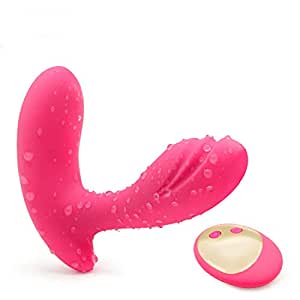
A groin hernia is a collection of fat or tissue protruding from the abdominal wall, typically between the pubic bone and the diaphragm. It is most common in women but can occur in men as well. A herniated groin refers to a bulging or protruding muscle, which is often accompanied by tenderness or pain. A herniated groin may be mild or it can be so severe that it prevents the patient from doing simple things like sitting down or walking up stairs. A herniated groin is often not dangerous but it is important for the health of the patient to undergo an appropriate medical treatment.
There are two major types of groin hernias: inframammary hernias (inner herniated hernias) and femoral hernias (outer herniated hernias). Inframammary hernias occur as bulges in the abdominal wall between the pubic bone and the diaphragm. The pain can be described as a sharp, stabbing sensation. These herniations commonly involve the groin, inner thigh, buttocks, or lower abdomen.
A femoral hernia occurs as a bulge of tissue outside the rectum or anus, also commonly referred to as an external hernia. Pain is common with this type of hernia because it can protrude through the anal wall. However, this type of hernia does not protrude through the anal wall and therefore does not cause as much pain.
An inguinal hernia that causes pain should be examined by a doctor. If the hernia has been around for more than six months, it must be surgically removed. However, many overweight men tend to relieve the groin hernia over time. If the hernia has not diminished after six months, the only option is to remove it.
Since an inguinal hernia occurs inside the abdomen, the affected area can become very hot and cause tingling sensations. The best way to relieve this is to sit or lie down. A heating pad placed under the affected area can be very soothing. As the heat subsides, drinking more water can help.
Gently rubbing the affected groin can reduce discomfort. A cold compress may also help
You can buy groin messages from your local pharmacy for a fraction of the price than those sold at the pharmacy and can be used on a regular basis. Many come with small pillows that are designed to be placed under the buttocks, inner thighs, or chest to relieve pressure on the groin and relieve any tension.

There are many exercises you can do to strengthen the muscles surrounding the affected groin area that can help reduce the chance of developing an inguinal hernia. One of the most effective exercises is a modified chicken wing. This exercise can be done with dumbbells or medicine ball. Start by lying down and then lift your arm and leg up until the dumbbells are over your head.
Then bring both knees back down slowly to the original position and return to the original position, keeping the pelvic floor muscles contracted. Do a few sets of fifteen repetitions of this exercise every day for a week or two. Try this exercise once per day and see if you can improve your pain and symptoms.
Another exercise that can help strengthen the groin is by wearing a good quality groin weight belt. These work the abdominal muscles and will help make them more supple, making it easier to move your body in various positions.
Although it is not always possible to prevent groin pain from developing, there are some things you can do to help alleviate some of the symptoms. These include strengthening the pelvic floor muscles. and by exercising on a daily basis.
If you find that the pain is becoming chronic then your groin may be a candidate for surgery. However, even if the surgery is successful you should continue to take care of your groin, taking care of it regularly will reduce the chances of developing a groin hernia again.
